As you’ve been learning Korean and its alphabet, a thought may have crossed your mind: is there a Hangul stroke order? The answer to this is yes! Specific stroke orders are also followed in writing each character in the Korean alphabet.
This lesson will help you learn each stroke order for the Korean letters. By the end of this lesson, you’ll not only have improved on your skills as you write in the Korean language, and you’ll be well on your way to crafting some beautiful calligraphy with Hangul!
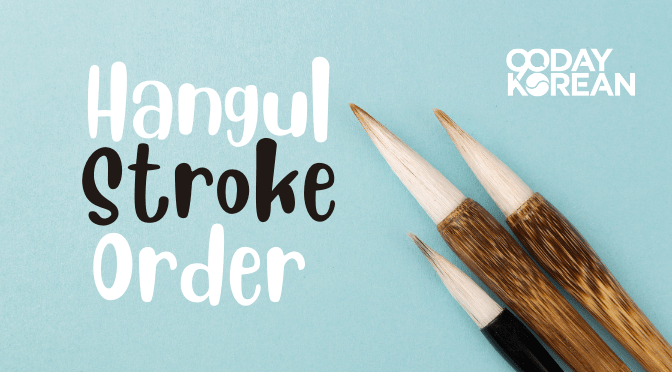
What is Hangul Stroke Order?
As its name suggests, Hangul stroke order is the specific order of stroke in writing the letters of the Korean alphabet, or Hangul. Although they are only letters and not characters expressing a whole word, there is a specific way to write each Korean character. These rules appear to have origins in Chinese calligraphy and are especially useful for writing in Korean.
What does Korean writing look like?
If you’re new to learning the Korean language and it’s your first time encountering the Korean writing system, it may just look the same as Japanese or Chinese writing. However, Korean writing’s distinctive characteristic is the round letters like ㅇ or ㅎ. Korean writing also has spaces added between words. As you learn Korean, distinguishing it from the rest will become easier.
How to Write Each Letter Correctly
This section will teach you the traditional and most commonly accepted stroke order for each letter in the Korean alphabet. An example for each character is shown in the images.
How to write Korean letters – Consonants
Below are the stroke orders for Korean consonants, which also apply to the double consonants.
ㄱ (기역, giyeok)
This is a single-stroke character, meaning you’ll start and finish it in one stroke. Start from the left and then drop down.
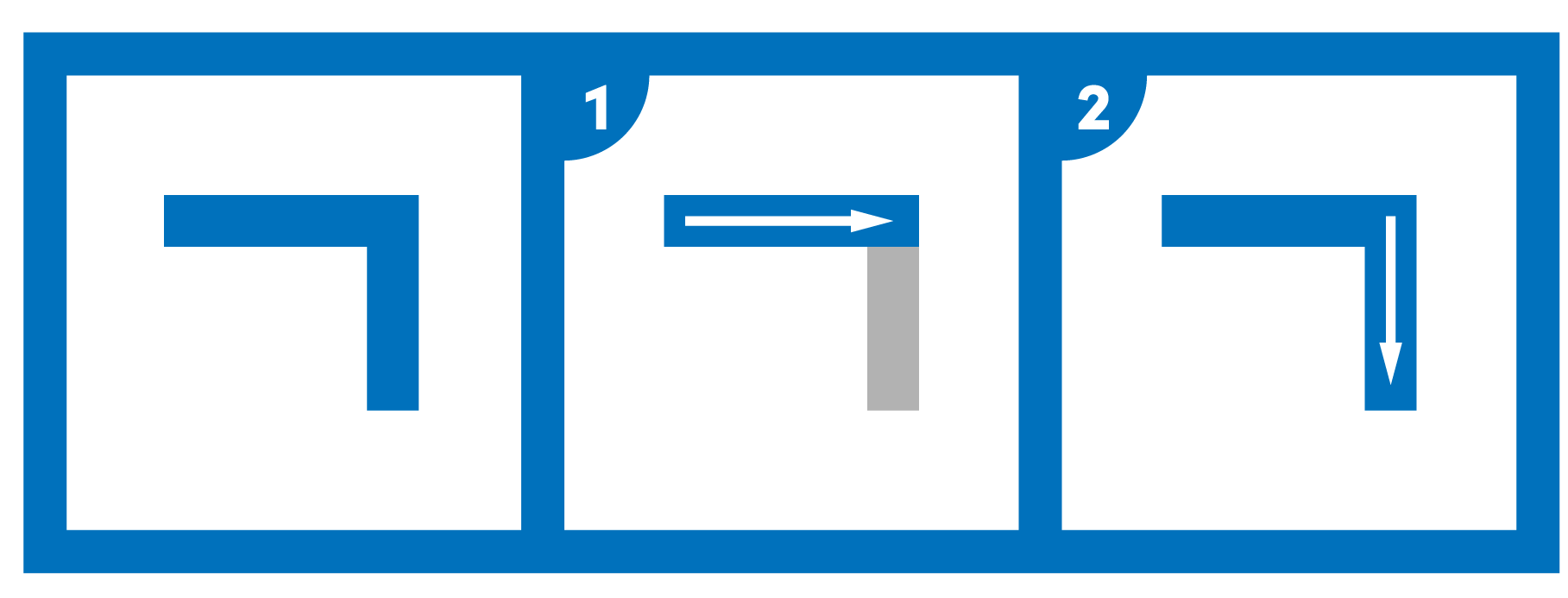
ㄴ (니은, nieun)
This is also a single-stroke letter, starting by dropping down on the left side before continuing as a horizontal line towards the right.
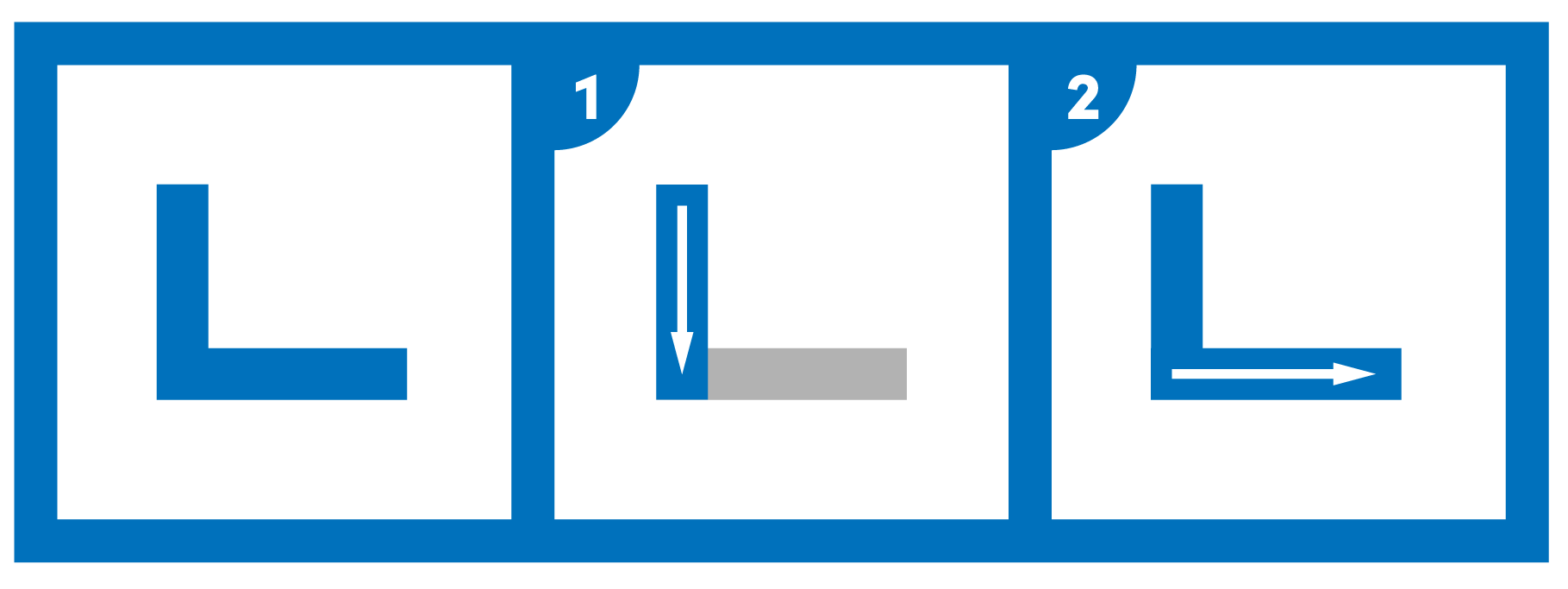
ㄷ (디귿, digeut)
Your first two-stroke character. Start by drawing the top line, from left to right. Then finish it by drawing ㄴ below the first line.

ㄹ (리을, rieul)
This is the first slightly more complex character. First, draw the shape of ㄱ, as instructed above. Then, draw a horizontal line, from the left to the right, so that the line touches the finishing tip of the ㄱ.
Then, finish off with an ㄴ, connecting it to the start of the horizontal line. In other words, to draw ㄹ, you can imagine yourself drawing ㄱ and ㄷ connected as one character.
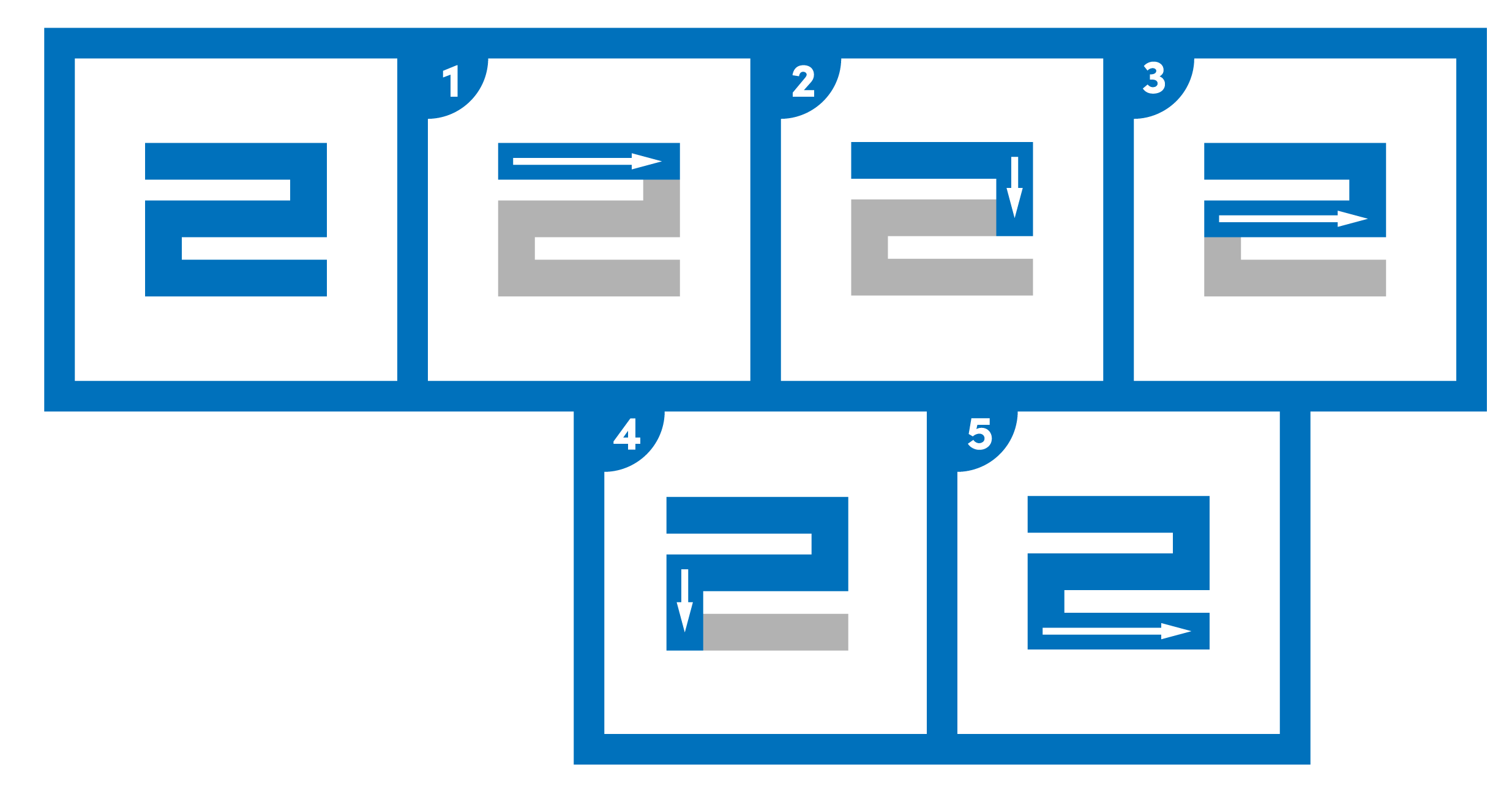
ㅁ (미음, mieum)
Start by drawing a line from top to bottom. Next, connect a ㄱ shape to it, drawn on the right side of the line. Lastly, at the bottom of this figure, draw a horizontal line from left to right. As a result, you should now see a box shape, aka the Korean character ㅁ.
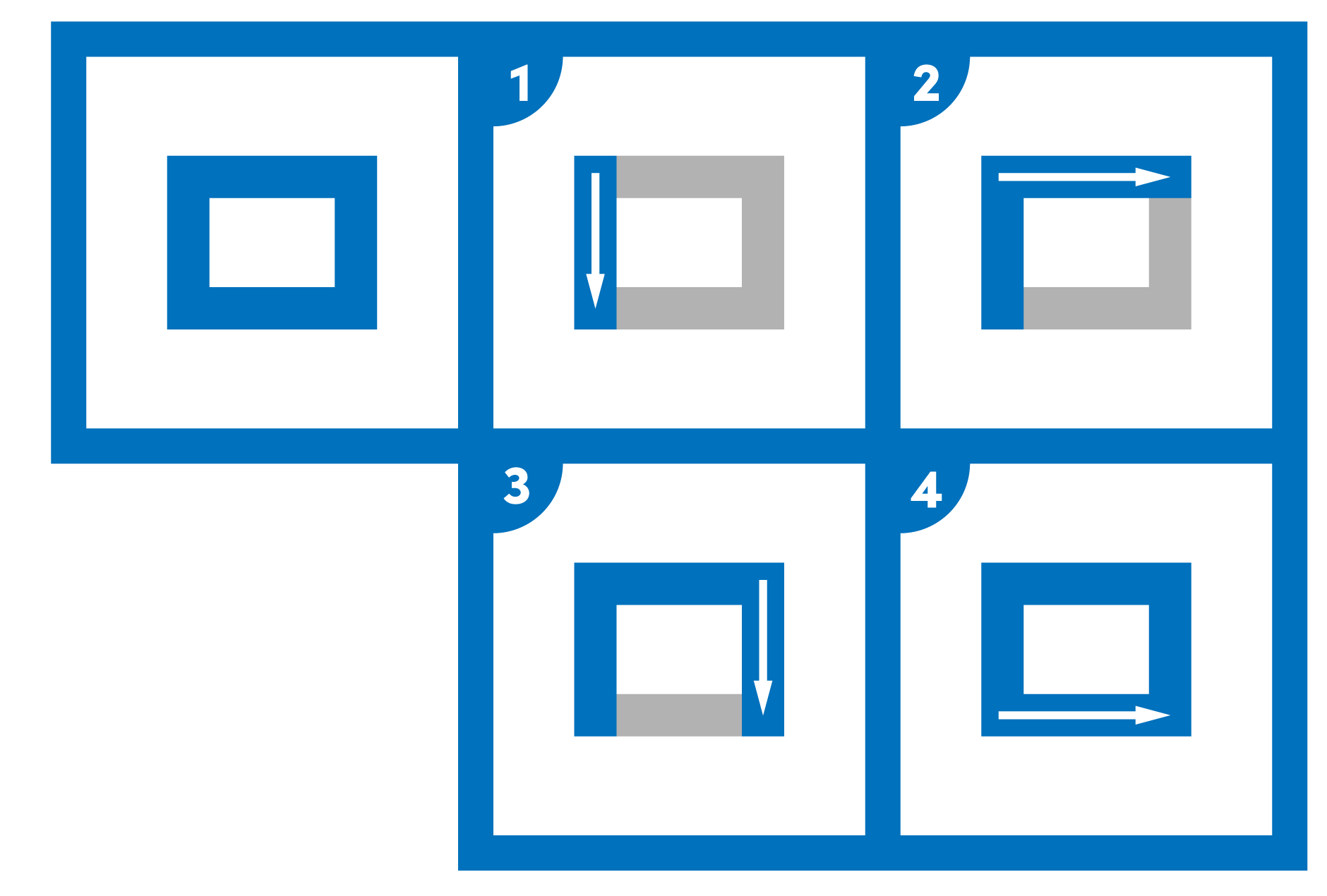
ㅂ (비읍, bieup)
Again, start by drawing a vertical line. Then, draw another vertical line next to it, but not to touch the two lines. Now, draw two small horizontal lines between these two vertical lines, both from left going to right, the first one around the center and the second one right at the bottom.
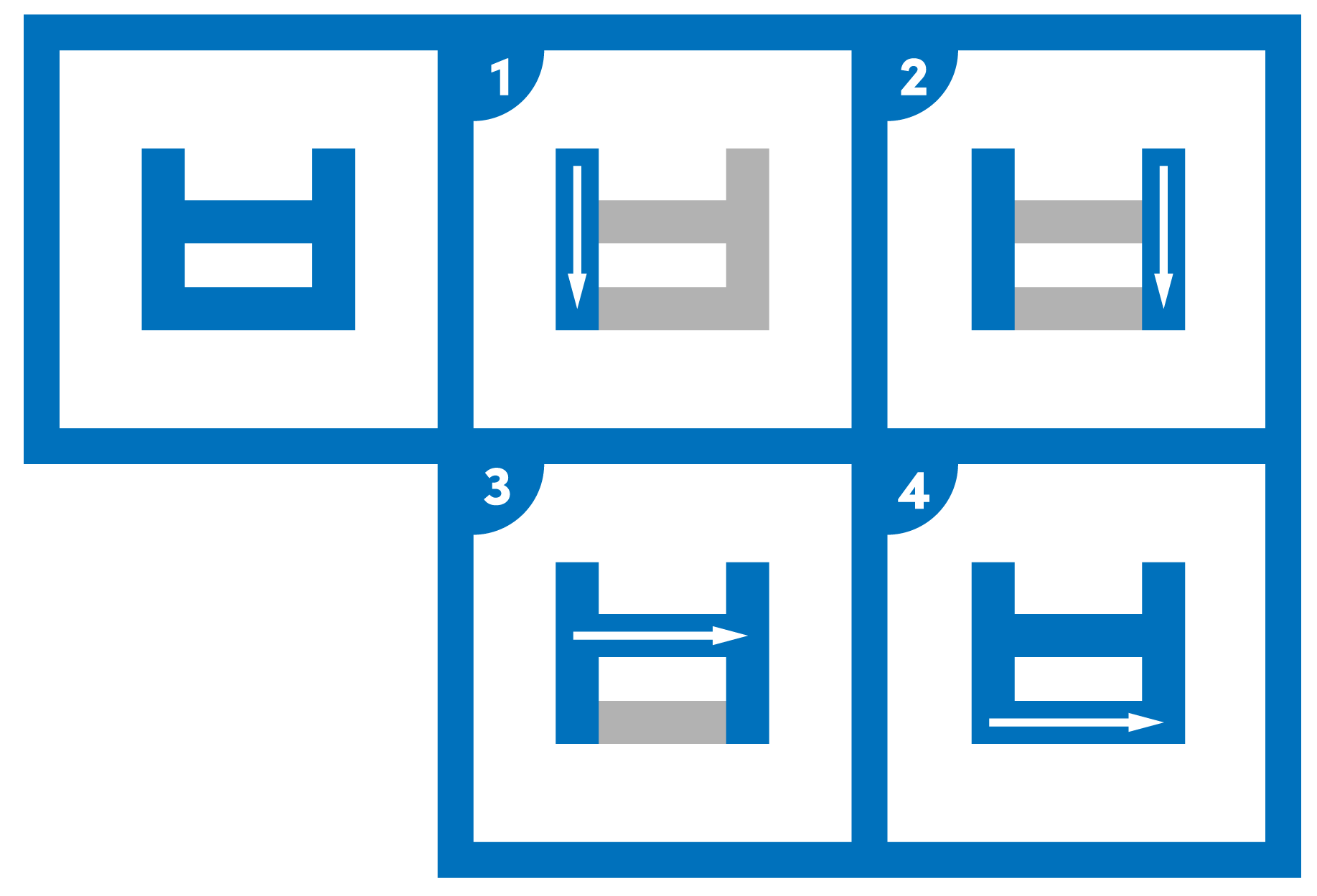
ㅅ (시읏, sieut)
Start this one from the center top, first drawing a line going down towards the left, then going back to the top spot to draw another line to the right.
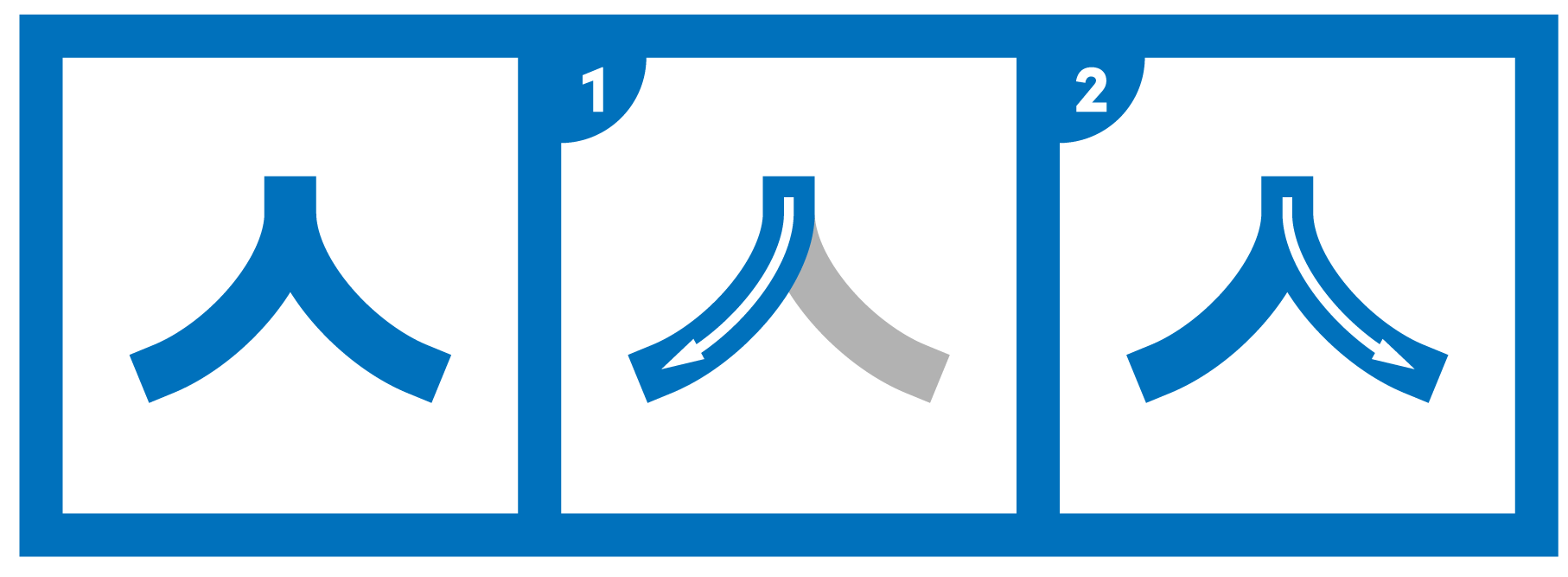
ㅇ (이응, ieung)
For another single stroke character, simply draw a circle, counterclockwise, to get the character ㅇ.
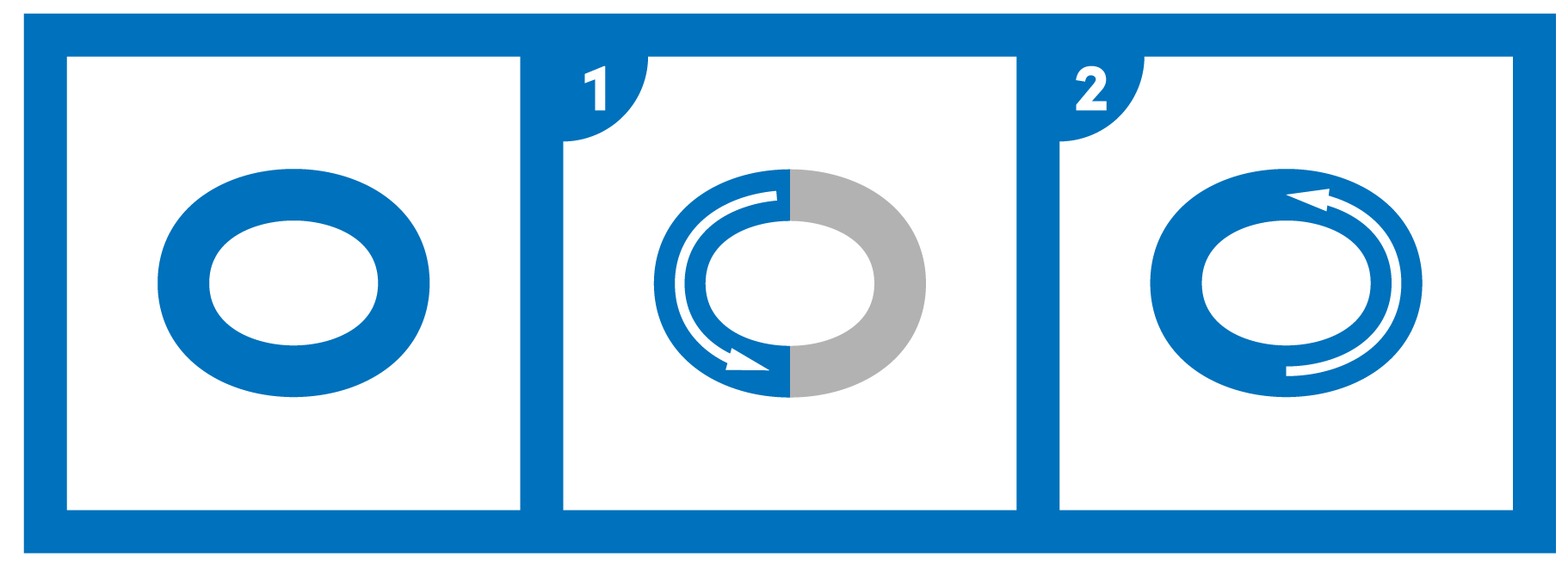
ㅈ (지읏, jieut)
Start by drawing a horizontal line, from the left going to the right. Then, draw the legs as you drew the Korean character ㅅ.

ㅊ (치읓, chieut)
Start by drawing a small horizontal line that should be narrower than the rest of the character. Then, below this line, draw the character ㅈ.
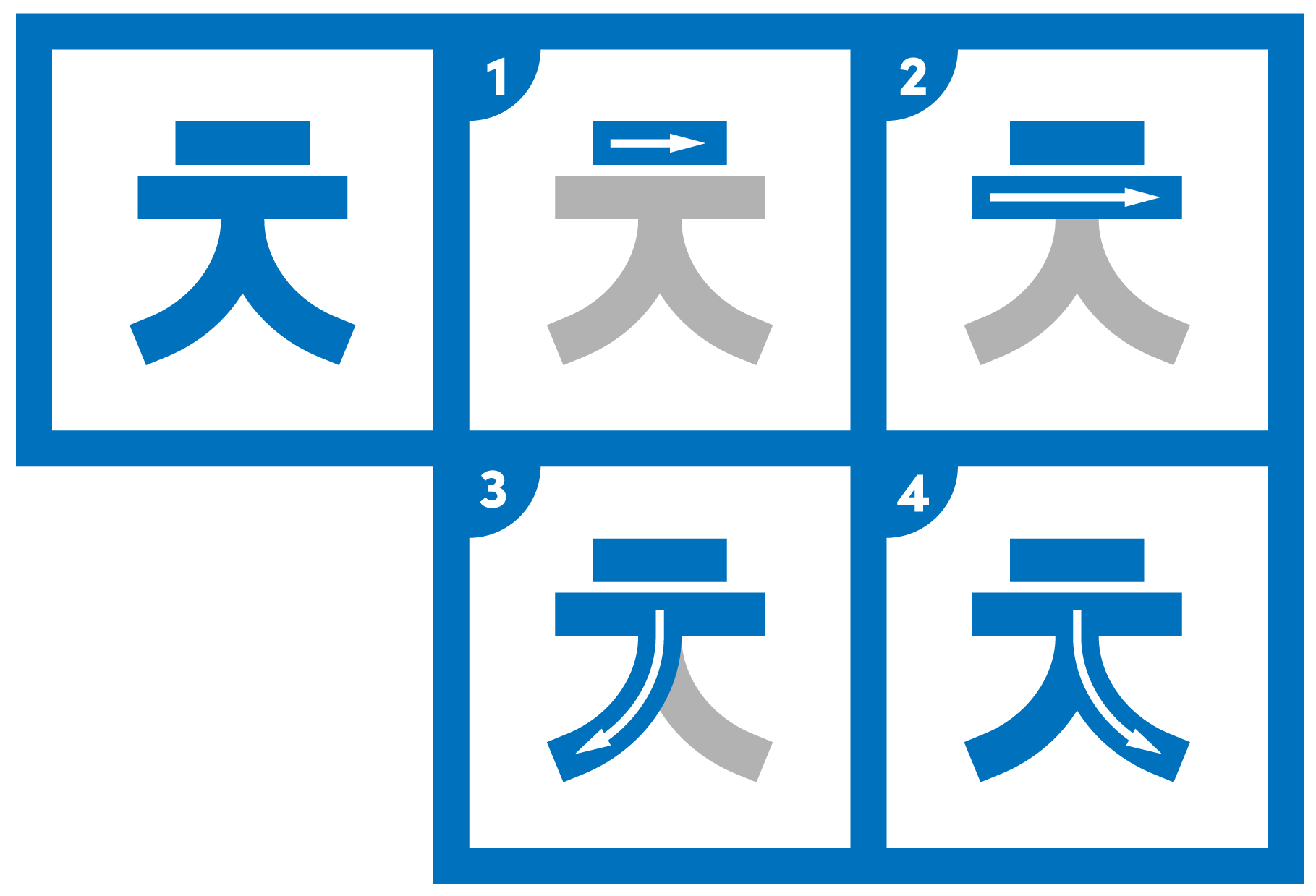
ㅋ (키읔, kieuk)
First, draw the character ㄱ as you normally would. Then, add another horizontal line from left to right, below the higher line, and connect it to the vertical line.

ㅌ (티읕, tieut)
For this character, first stroke the highest horizontal line. Then follow by drawing another horizontal line below it. Lastly, in one stroke, draw the character ㄴ, so that it connects to the horizontal lines you drew first.
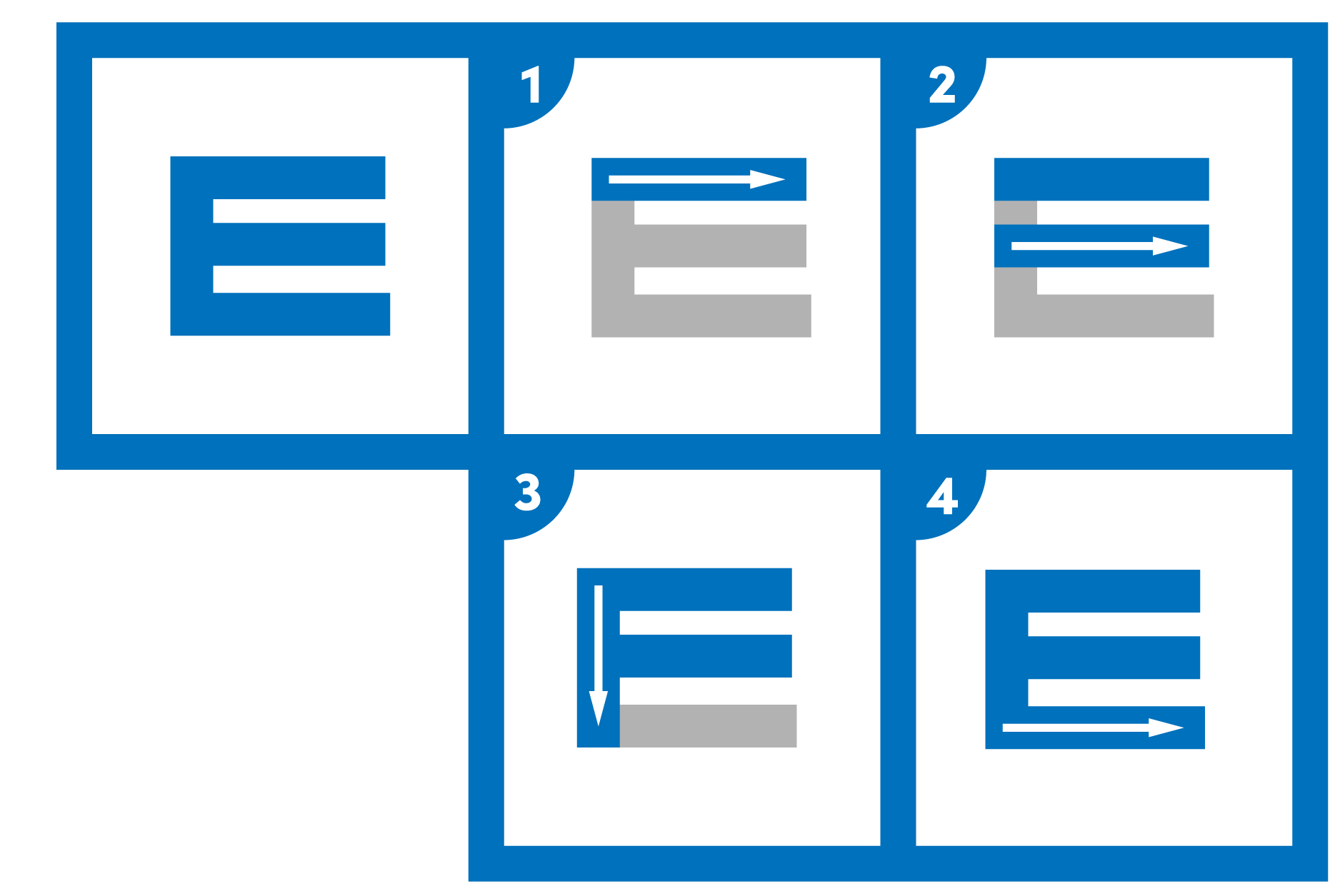
ㅍ (피읖, pieup)
Start by drawing a horizontal line, from left to right. Then, draw two vertical lines from top to bottom. The first one on the left, then one on the right. Finish by drawing a horizontal line at the bottom, from left to right, connecting to both of the vertical lines.
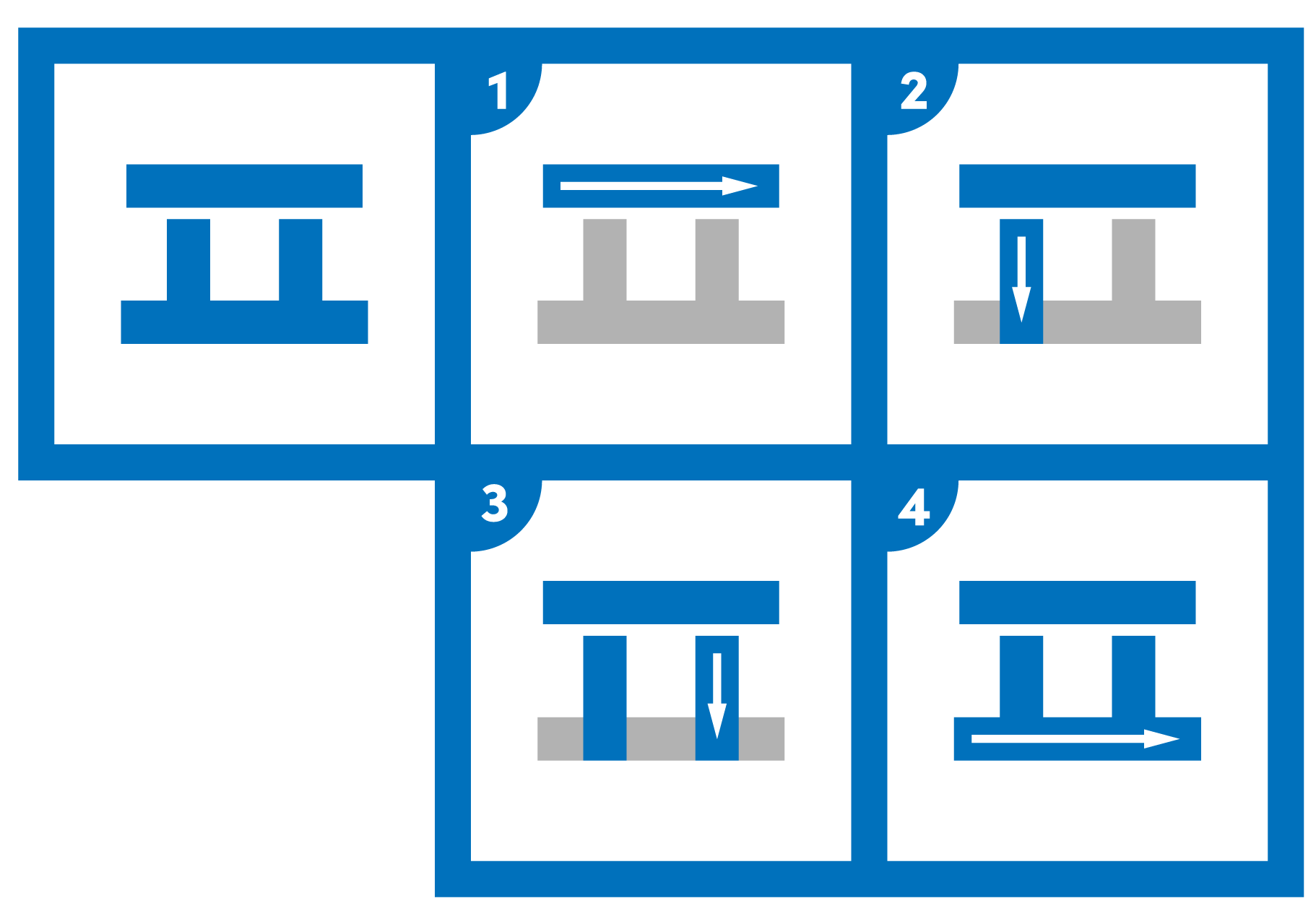
ㅎ (히읗, hieuh)
Begin by drawing a small horizontal line. Below this line, draw a wider horizontal line. Finish off by drawing a circle below these two lines, counterclockwise.
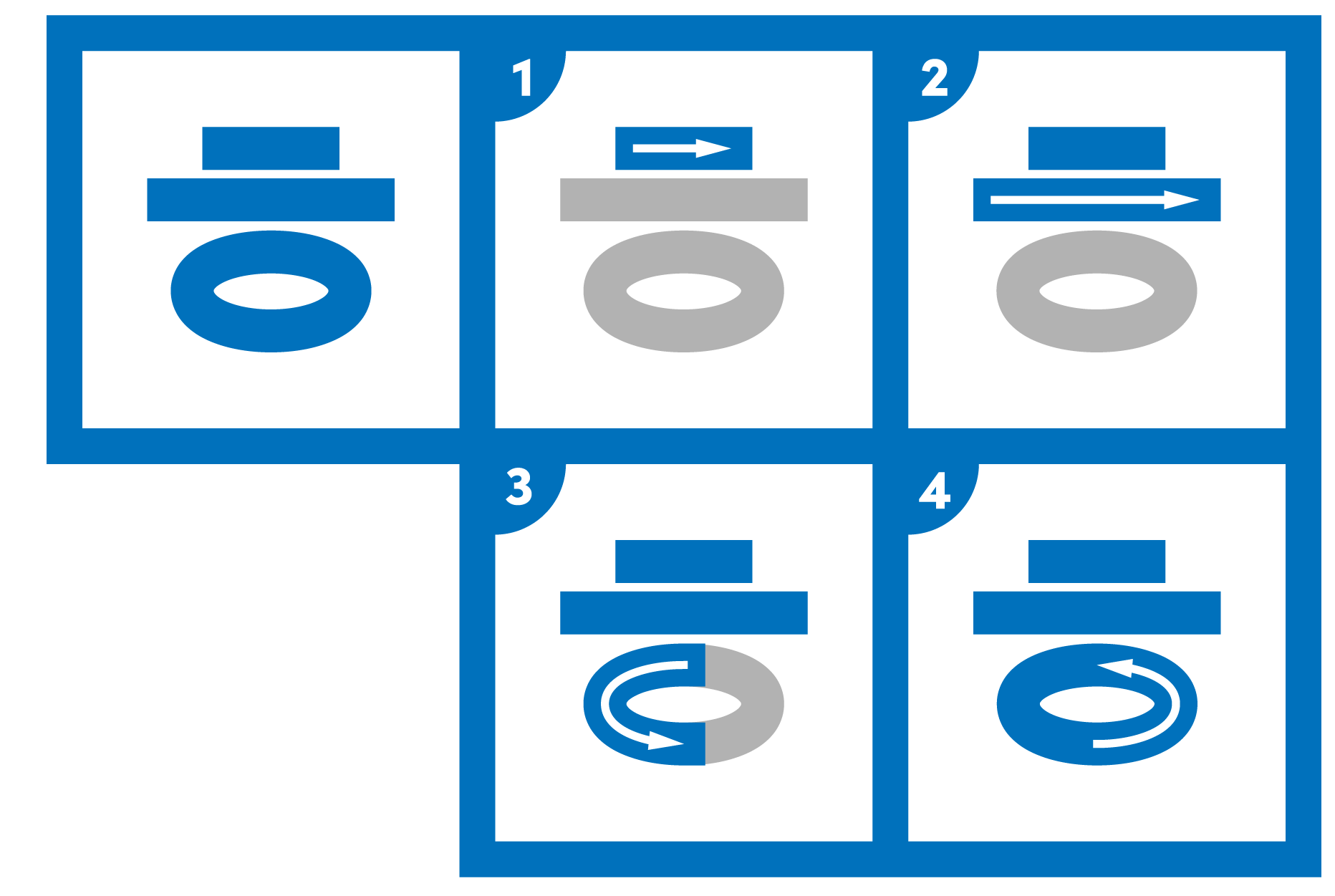
How to write Korean letters – Vowels
Unlike consonants, vowels are primarily made up of lines. The correct stroke order for each Korean vowel is illustrated below.
ㅏ (a)
First, draw a vertical line, top to bottom. Then, find the middle of the line and draw a small horizontal line onto the right side.
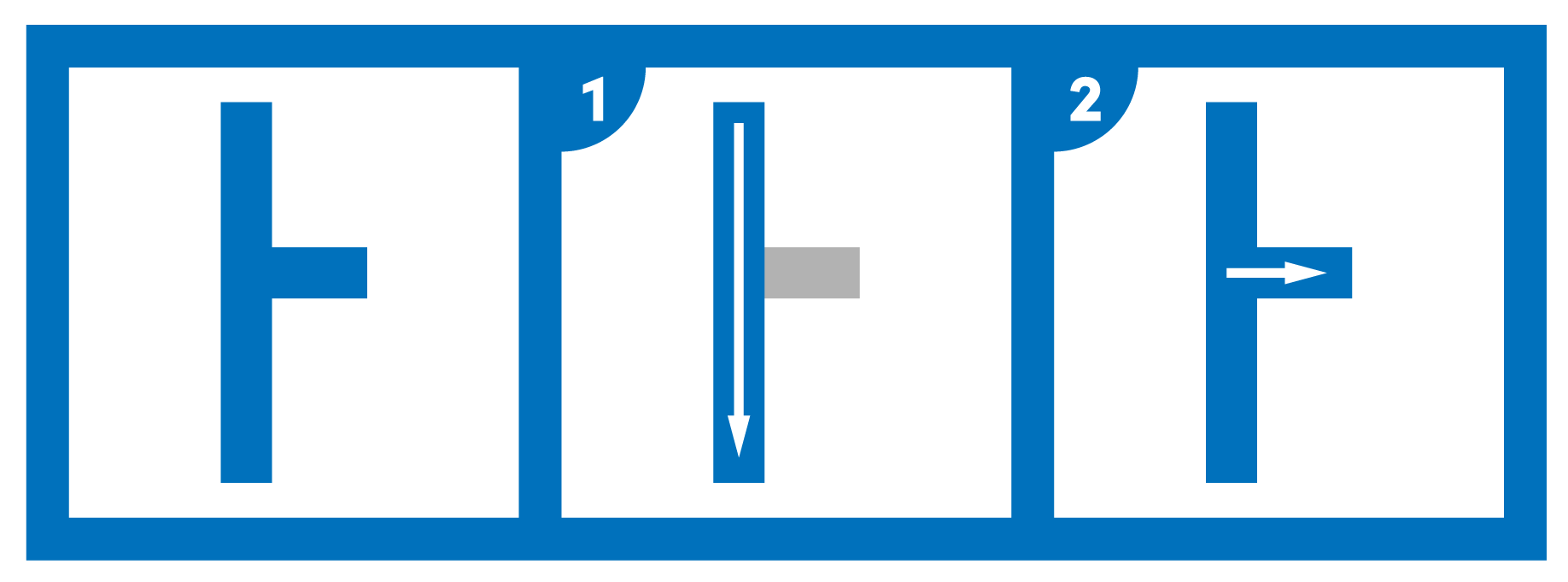
ㅑ (ya)
Start by drawing the vertical line from top to bottom. Then, connect to its right side two short horizontal lines.

ㅐ (ae)
First, drawㅏ as instructed above. Then, draw another vertical line, from top to bottom, to connect to where the small horizontal line ends.

ㅒ (yae)
First, draw ㅑ as instructed above. Then, draw another vertical line, from top to bottom, to connect to where the small horizontal lines end.
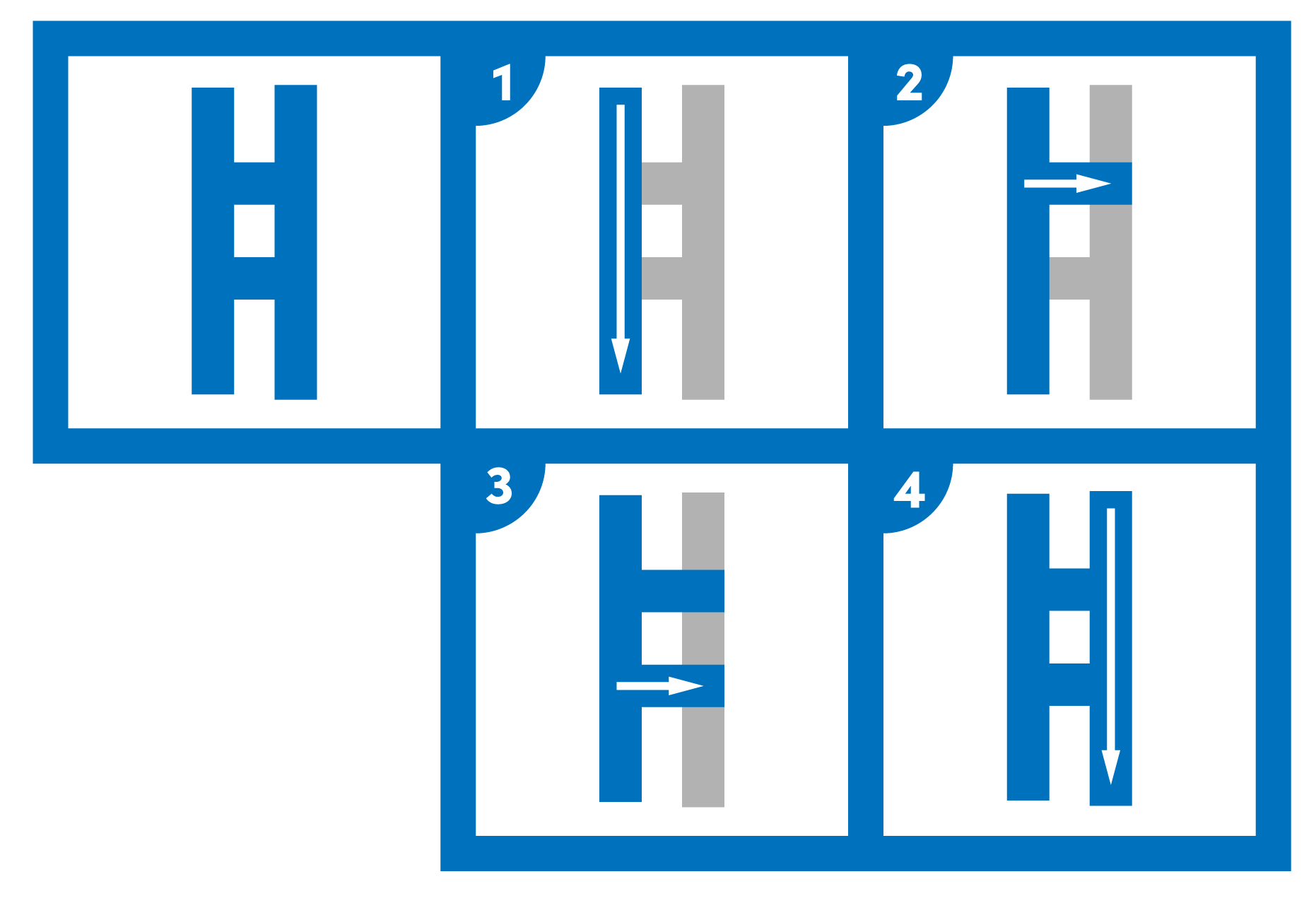
ㅓ (eo)
Begin by drawing the small horizontal line, from left to right. Then, connect a longer vertical line to its right tip, from top to bottom.
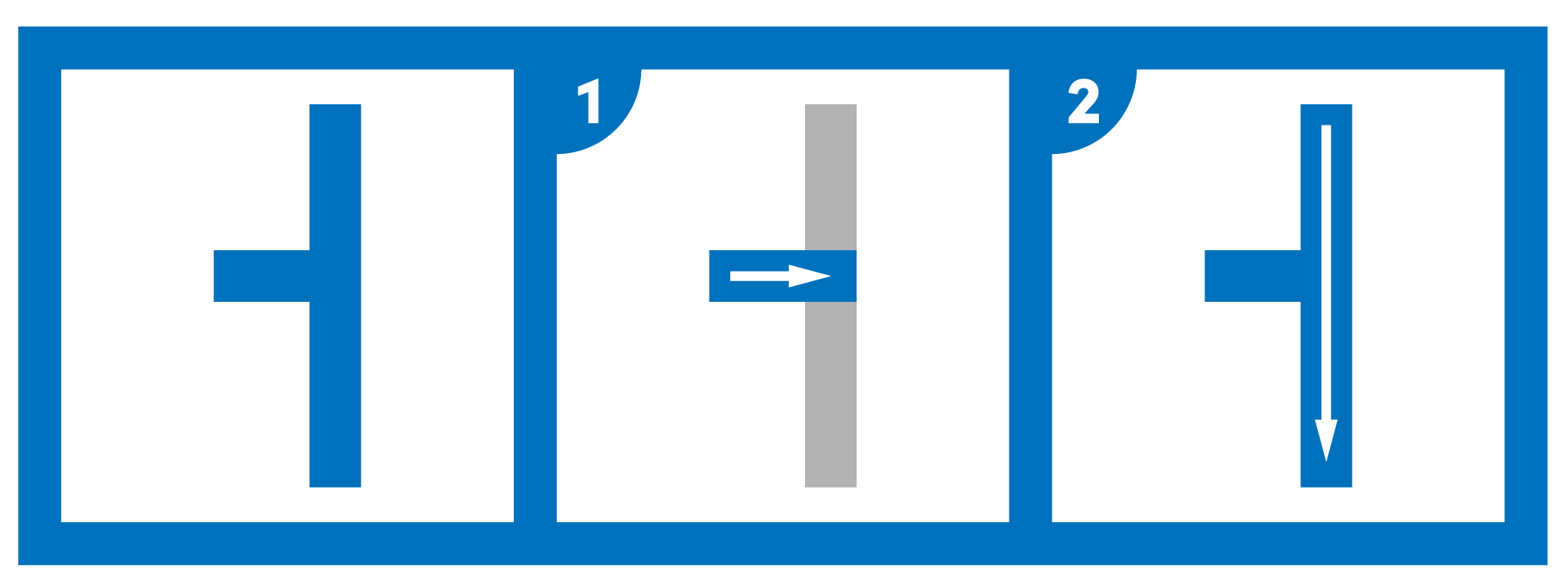
ㅕ (yeo)
Begin by drawing two small horizontal lines, from left to the right side, one above the other. Then, connect a longer vertical line to where they end on the right, from top to bottom.

ㅔ (e)
First, draw ㅓ as instructed above. Then, next to the first vertical line, draw another one, from top to bottom, so that they are close but do not touch.

ㅖ (ye)
First, drawㅕ as instructed above. Then, next to this, draw another vertical line.
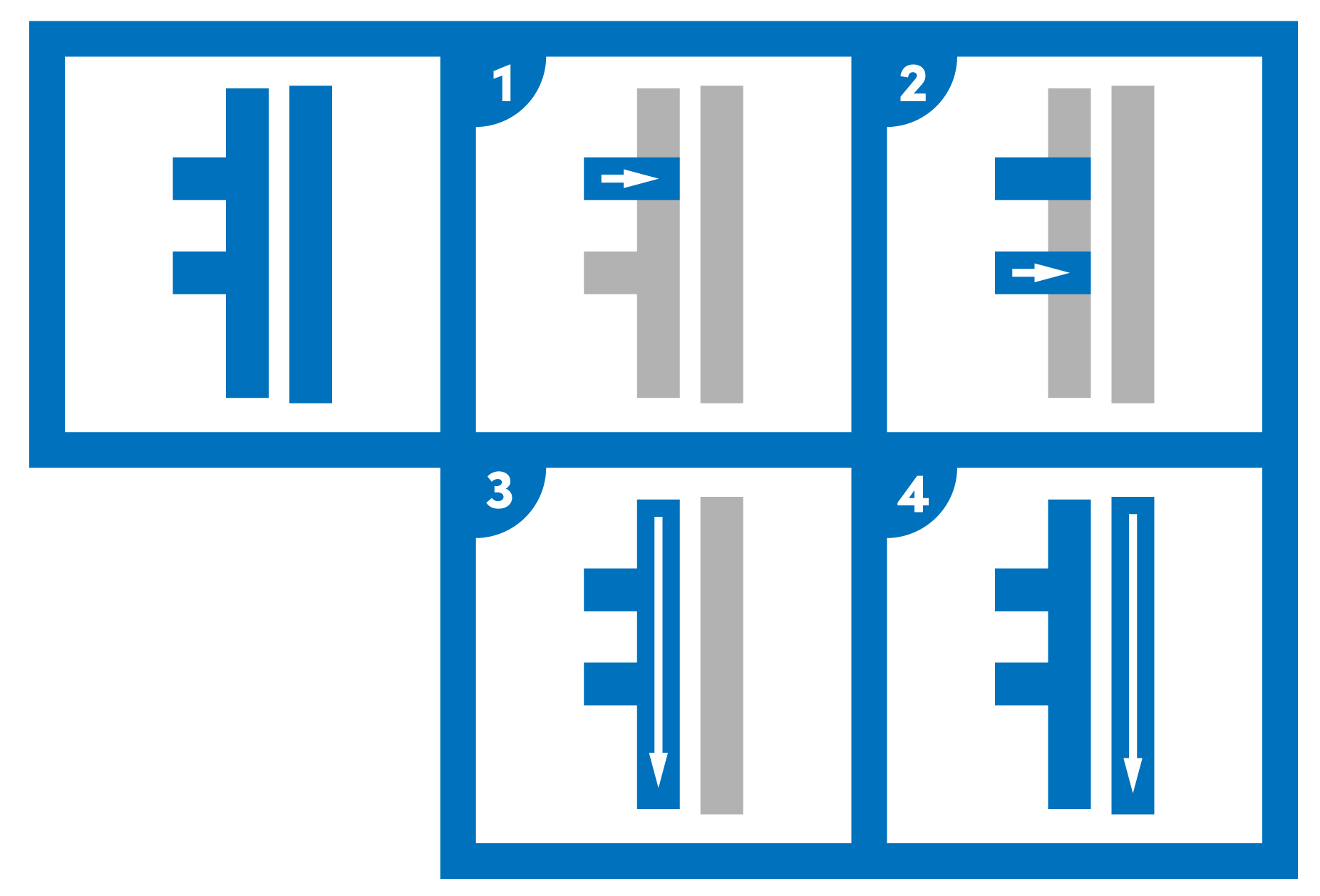
ㅗ (o)
First, draw a short vertical line from top to bottom. Then, below it, draw a horizontal line, from left to the right side, connecting to the vertical line in the center.
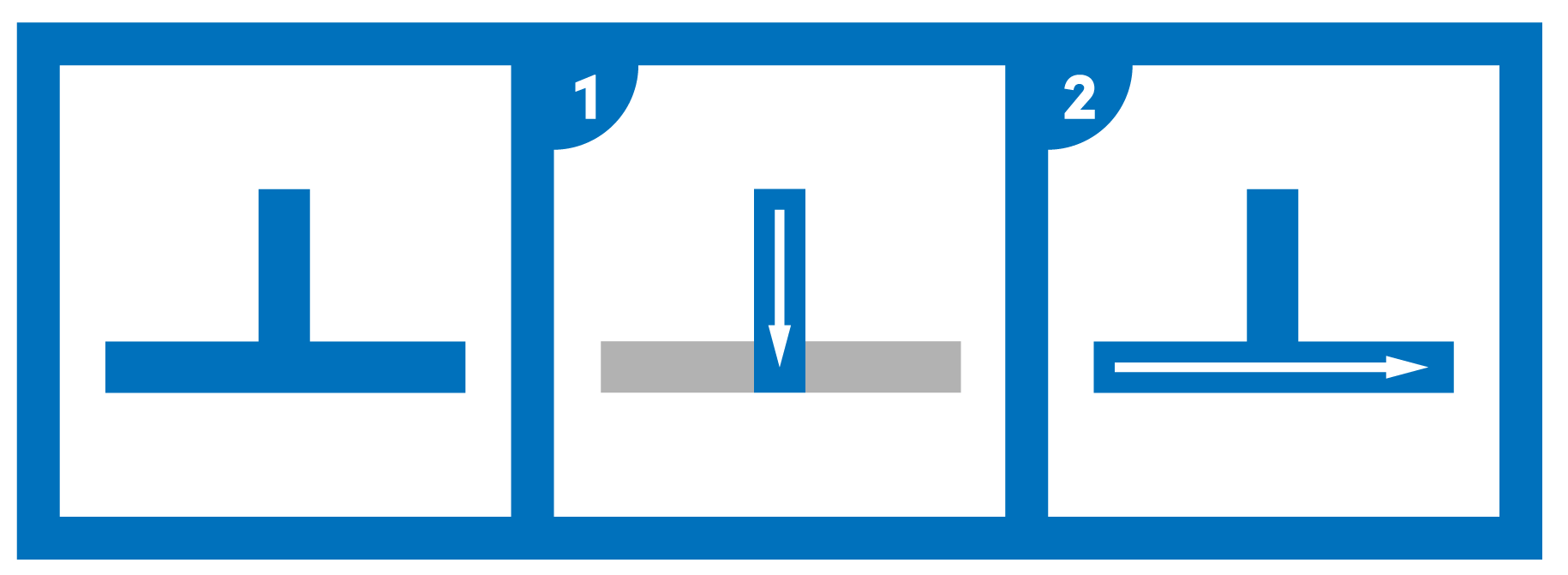
ㅛ (yo)
First, draw two short vertical lines, from top to bottom. Then, below them, draw a horizontal line, from the left to the right, to connect to the vertical lines.

ㅜ (u)
First, draw a horizontal line. Then, find the center of that line and draw a short vertical line connected to it.
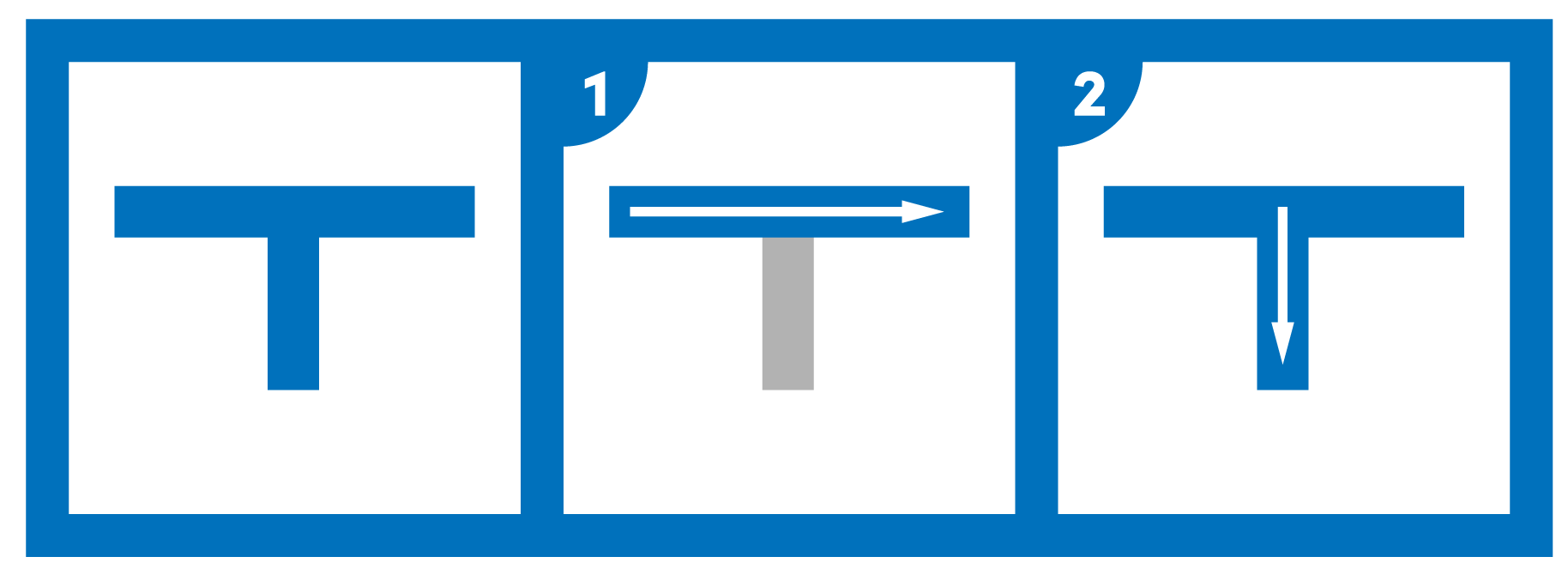
ㅠ (yu)
Draw a horizontal line first. Then, connected to this line, draw two short vertical lines.

ㅡ (eu)
A very easy one, simply draw a horizontal line from left to right.
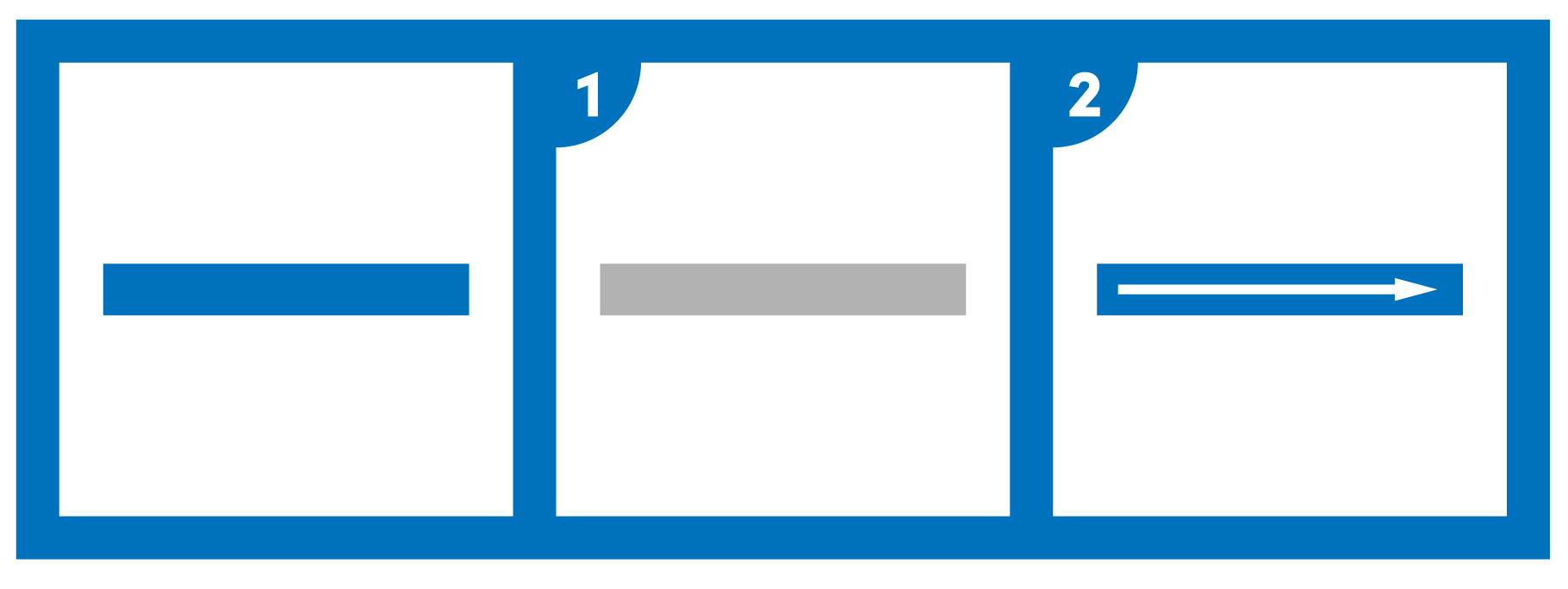
ㅣ(i)
Lastly, just as easy as ㅡ, you can draw a vertical from top to bottom. That’s it!
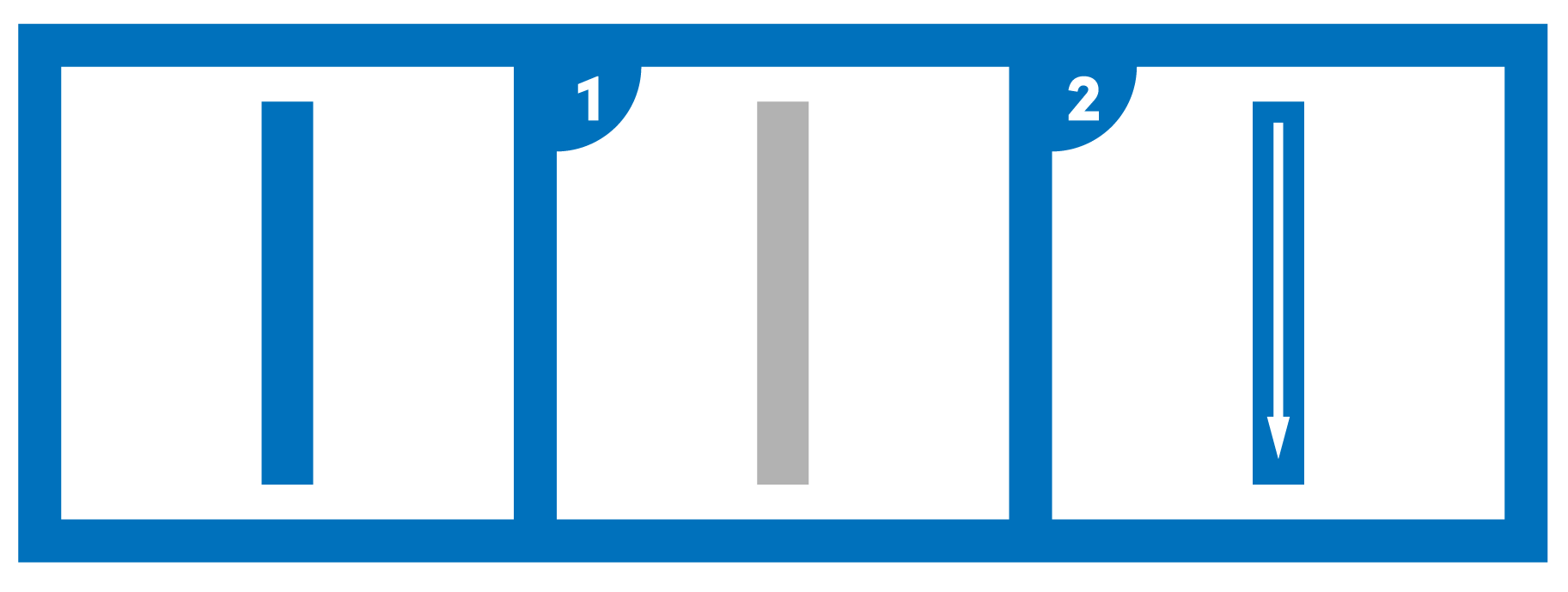
Modifications to the traditional look of letters
As you may have noticed, some modifications to some of the letters’ look appear depending on the font used as you write the Korean alphabet. Most notably, ㅊ and ㅎ appear to lose the small horizontal line at the top instead of being drawn as a short vertical line connecting to the longer horizontal line.
This is completely normal to see especially when typing on your computer using a basic Western font. However, at least as long as you are a beginner, we advise using the traditional order of strokes and methods to write Korean letters.
The Korean stroke order of a syllable
How about the order of strokes for a syllable? Depending on the letters that a syllable is constructed of, the order is either left to right, top to bottom – or a combination of both!
Here are some examples.
가요 (gayo, to go)
The syllable 가 is written from left to right. Meaning, first write ㄱ and then add ㅏ. Meanwhile, the syllable 요 is done top to bottom, starting with ㅇ and then adding ㅛ.
닭 (dal, chicken)
Here, on the other hand, a combination of sorts is used as there are four letters in the syllable. First, start from left to right with the top row, withㄷ and then ㅏ. Afterward, move onto the bottom row, first write ㄹ and then ㄱ.
How important is stroke order for Hangul?
In learning how to write Korean letters, stroke orders may often be overlooked. Although the output may appear the same, following stroke orders essentially make a difference for the following reasons. If you’re in South Korea, you might come across
Your writing will look neater.
Following the correct order of the stroke as you write a Hangul character produces a neater result. When you write the Korean alphabet without following the stroke order, it often results in messier handwriting, making it hard for the reader to comprehend.
It’s easy to understand your handwriting.
Even when you’re writing quickly, Korean alphabet letters are easily understandable when the correct stroke order was followed when it was written. The reader can correctly interpret the writing based on the correct number of strokes and the order of strokes you used.
It makes calligraphy easier.
If you’re also into calligraphy, knowing the correct stroke order in Hangul will help you produce a better result. This is because the Korean alphabet follows the rules of Chinese calligraphy, which includes the order of the strokes.
Is there cursive in Korean?
Yes, however, not in the same way in English the Latin alphabet. There are no specific rules or standards when it comes to writing cursive in Korean, so it is not official, unlike the Latin alphabet. Think of it as your handwritten version of the Korean alphabet, usually with lesser strokes.
Cursive in English letters are written in a continuous and flowing manner as it forms a word. When cursive in Korean is written, each letter still has to be separate. The Korean alphabet is already clustered when it forms syllables, so joining them together might make it difficult to read.
How do you write in Korean naturally?
Just like learning Korean language in general, practicing regularly will help you improve. If you want to have natural Korean handwriting, it’s best to expose yourself constantly to different materials you can use for practice. As you do so, it’s best to follow the stroke order early on to help you get used to it.
Hurray, we hope this has been helpful! You should now be able to write the Korean alphabet in the correct order! Did you find all of this simple and logical to understand, or was a particular character giving you a hard time? Don’t worry, as you can double-check your work here, and consistent practice will help you the most. Comment what you think below this article, and we’ll support you as much as we can!
The post Hangul Stroke Order – How to Write Korean Letters appeared first on 90 Day Korean®.
 Learn to read Korean and be having simple conversations, taking taxis and ordering in Korean within a week with our FREE Hangeul Hacks series: http://www.90DayKorean.com/learn
Learn to read Korean and be having simple conversations, taking taxis and ordering in Korean within a week with our FREE Hangeul Hacks series: http://www.90DayKorean.com/learn
Korean lessons * Korean Phrases * Korean Vocabulary * Learn Korean * Learn Korean alphabet * Learn Korean fast * Motivation * Study Korean


Recent comments